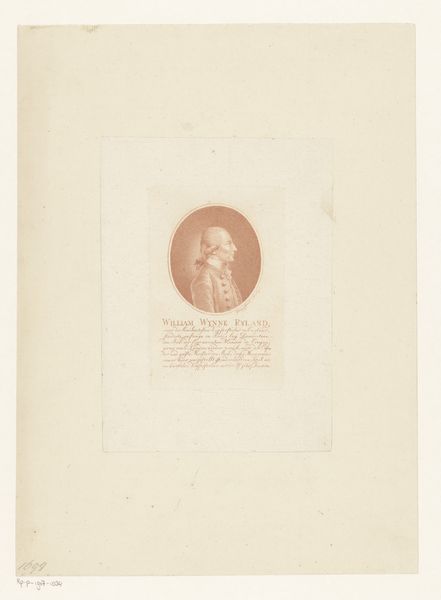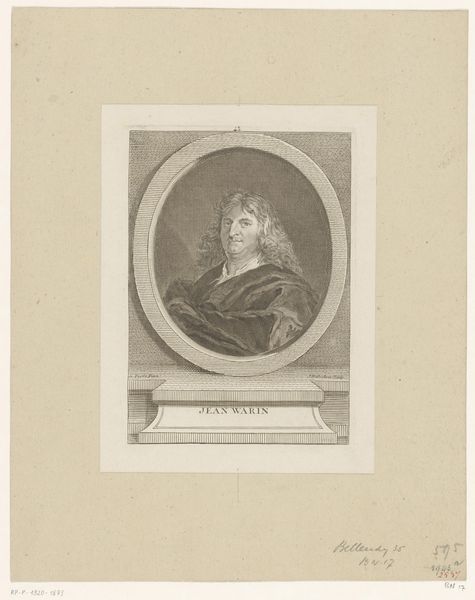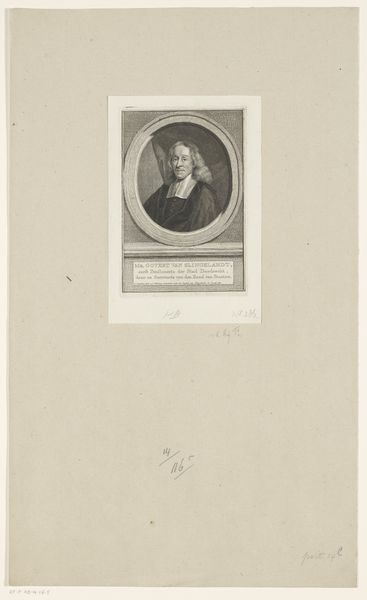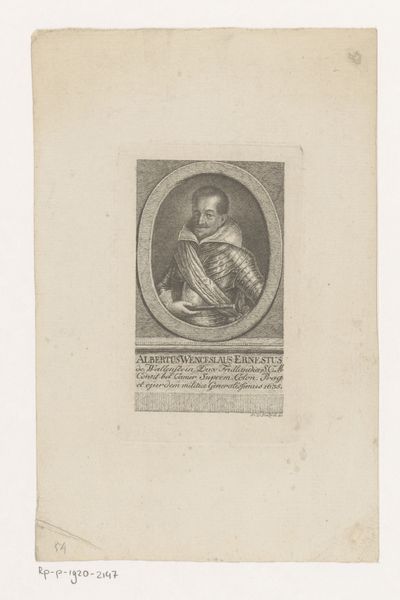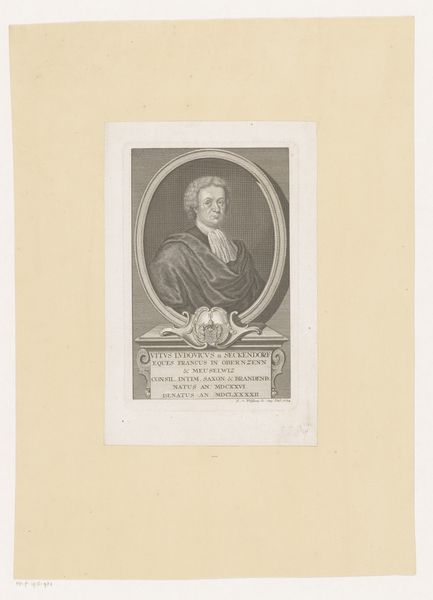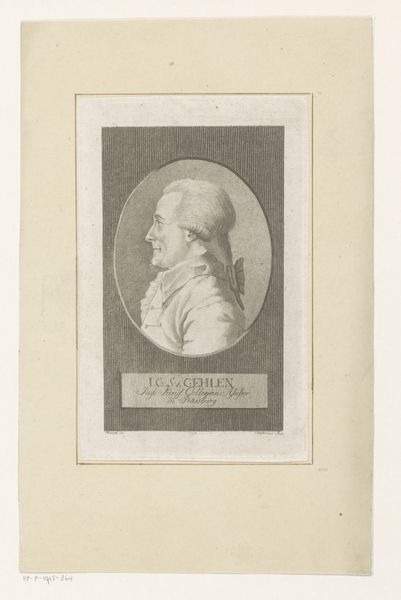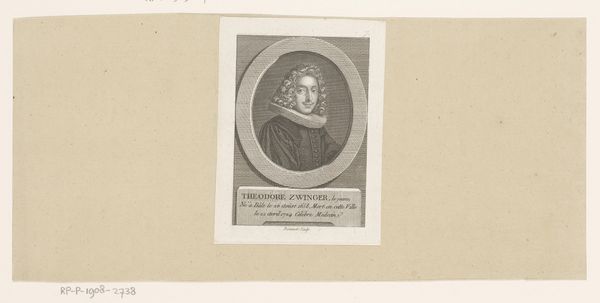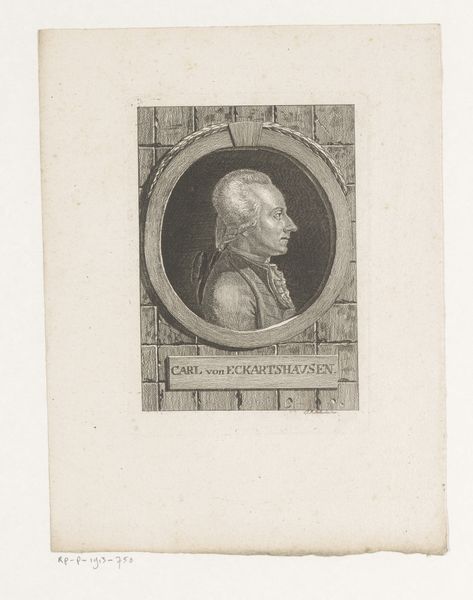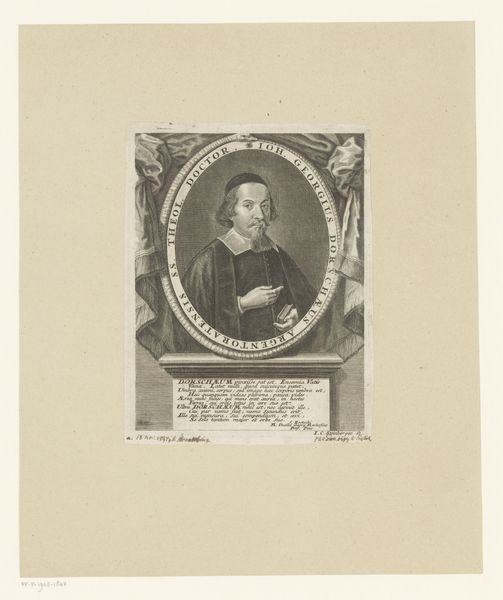
Dimensions: height 127 mm, width 91 mm
Copyright: Rijks Museum: Open Domain
Editor: Here we have "Portret van Joachim de Watt," created in 1784 by François Hubert, it’s an engraving. I’m struck by how meticulously detailed the lines are; you can practically feel the texture of his garments. What catches your eye in this piece? Curator: I'm interested in the process of engraving itself. Think about the labor involved. Each line is deliberately etched, requiring skill, time, and specific tools. How does this painstaking process relate to the status of Joachim de Watt, portrayed here? Editor: It's interesting to consider the connection between the skilled labor of the printmaker and the social standing of the individual being portrayed. Does the choice of engraving as a medium influence how we perceive the subject? Curator: Precisely. Engraving was often used for reproducing images and disseminating them widely. Who was the intended audience for this print, and how might the print's distribution have shaped Watt's reputation? Also, let’s consider the raw materials used - the metal plate, the paper, the ink. All of these physical components, the materials, underpin the artistic creation. What would it have been like to commission something like this? Editor: So, it's about the democratization of images through printmaking? Thinking about its reproduction and distribution really reframes how I see it. Curator: Exactly. It's easy to get caught up in the subject of the portrait, but considering the material processes involved, how this print came into being, sheds light on the broader social and economic context of its creation and consumption. Editor: I never thought about art quite that way before! Now I am wondering what the paper feels like! Curator: Yes, now you are thinking like a true Materialist.
Comments
No comments
Be the first to comment and join the conversation on the ultimate creative platform.

